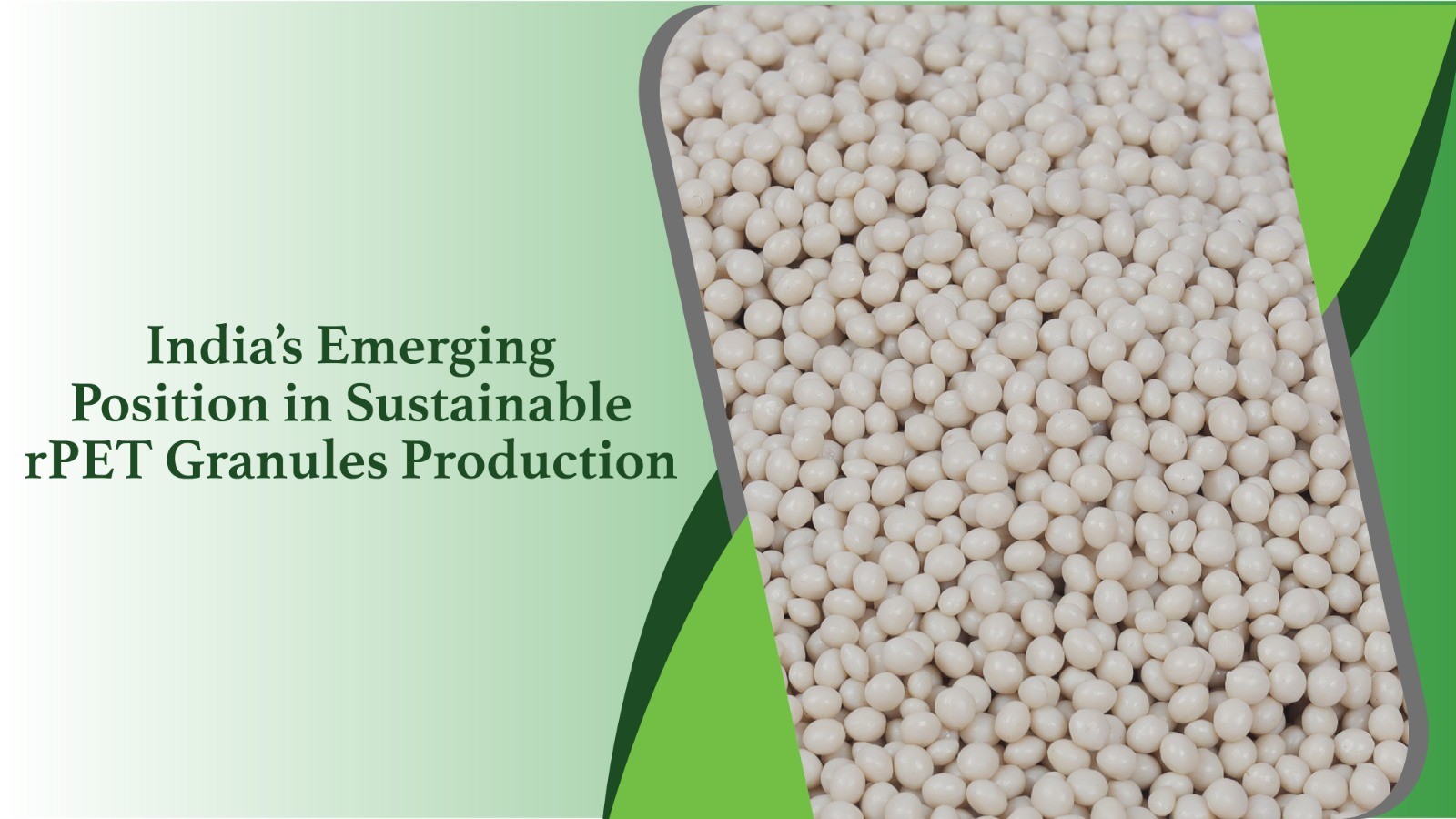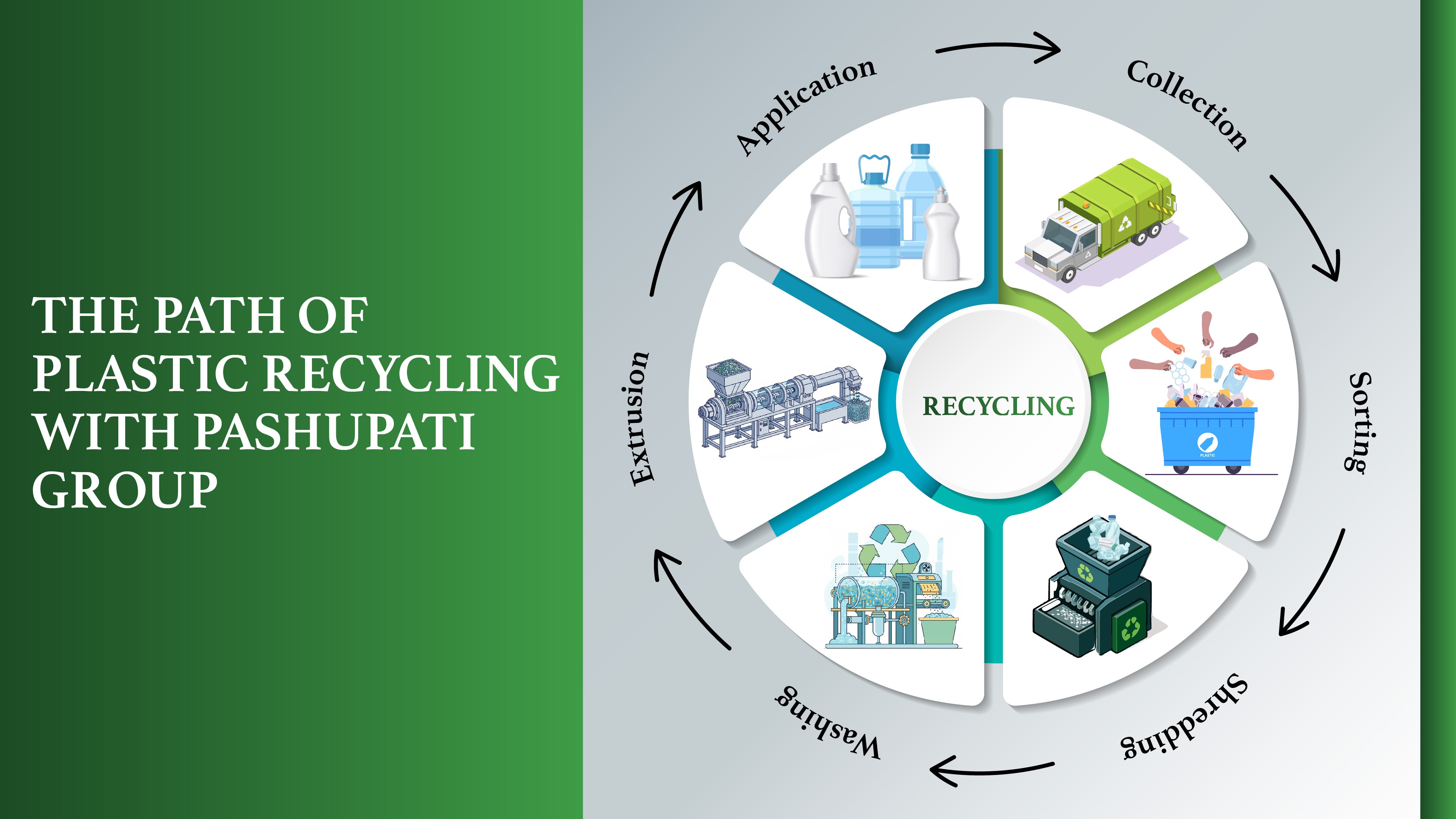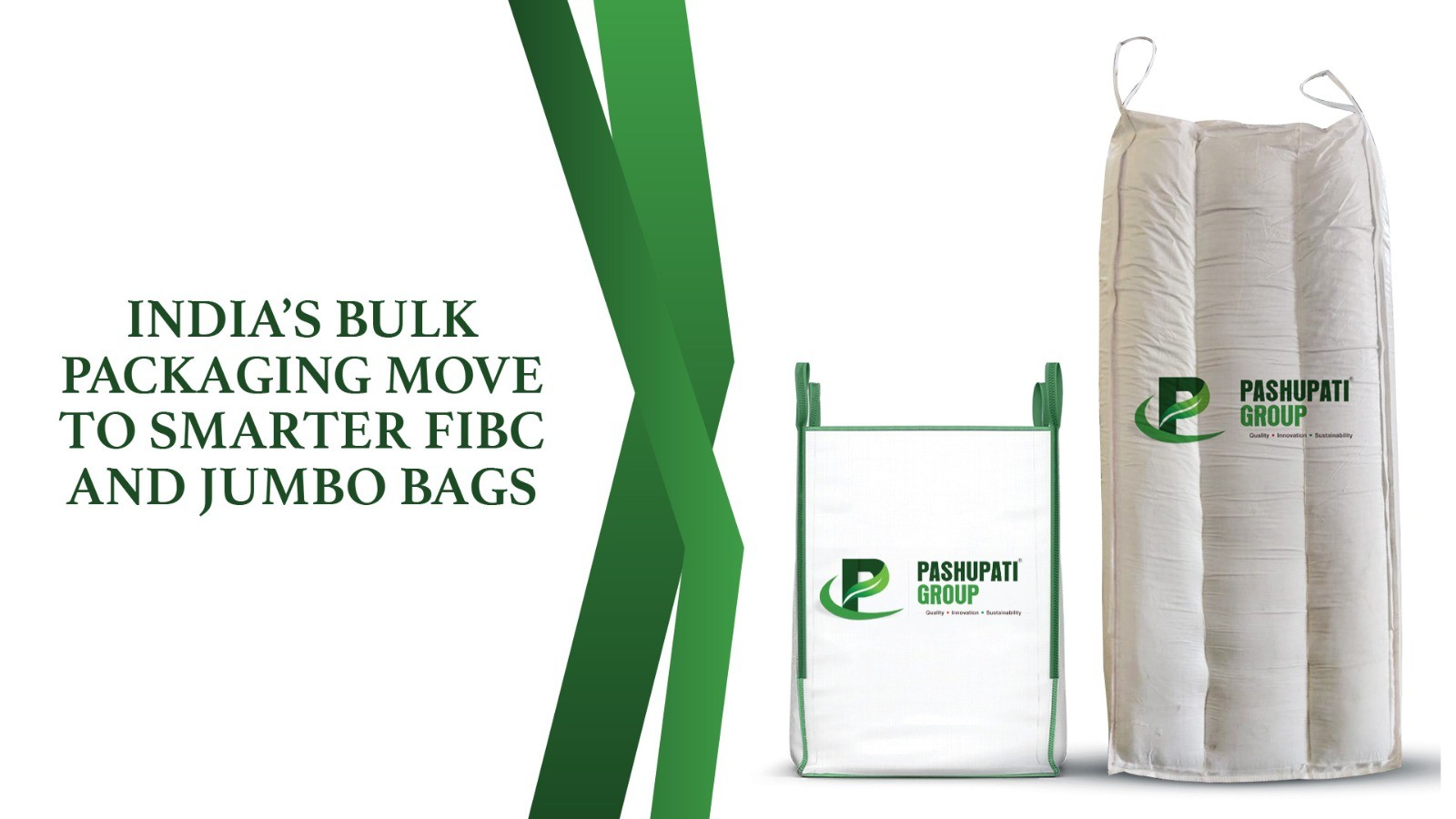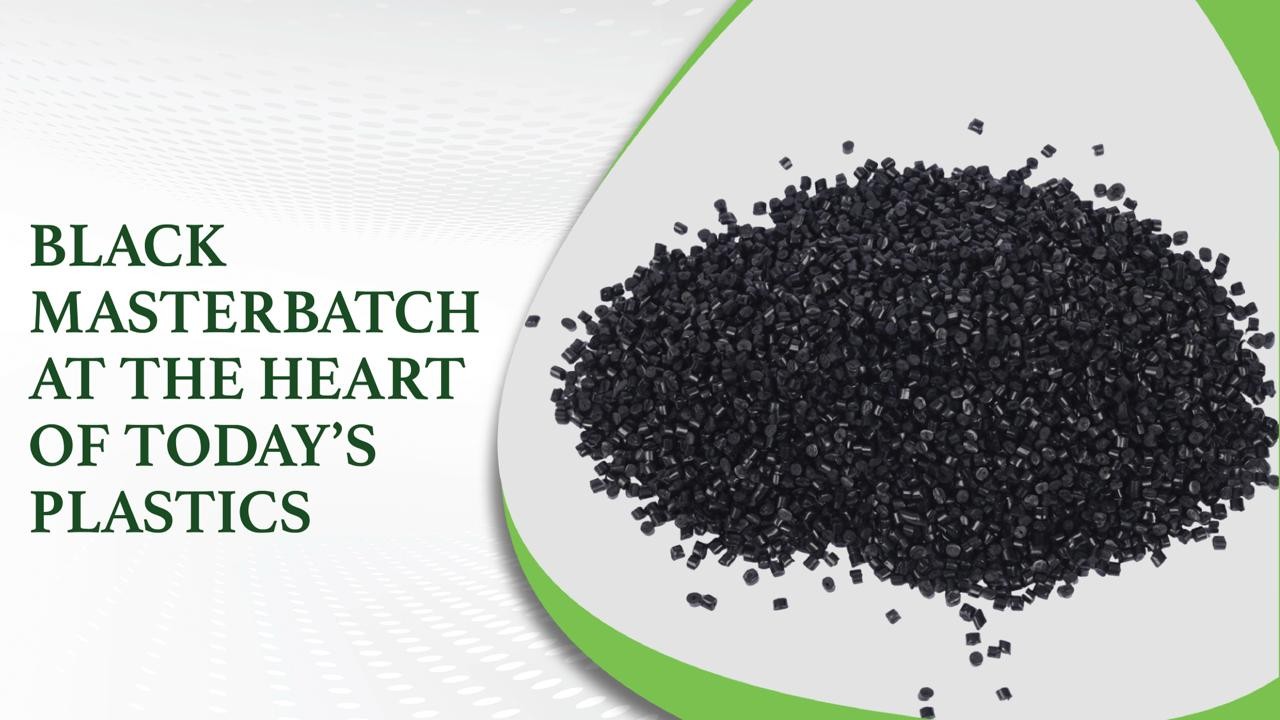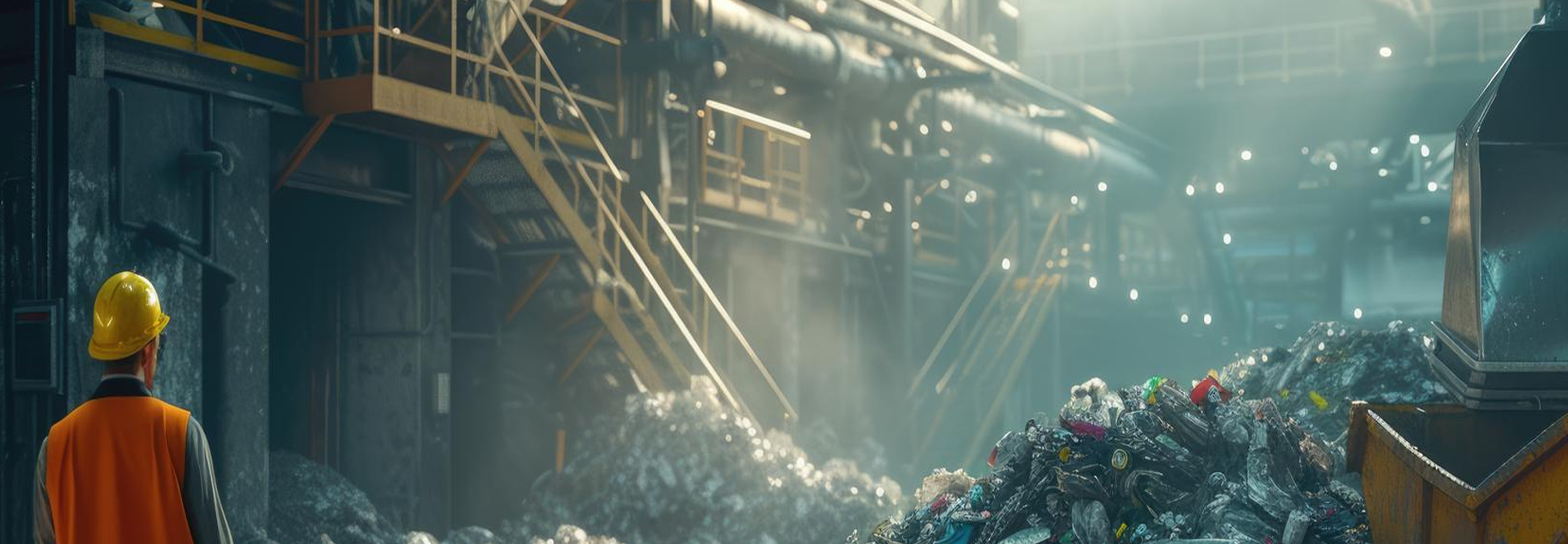
BLOG
POPULAR ARTICLES
Step-by-Step Guide to the Manufacturing Process of FIBC Bags
13 August, 2024
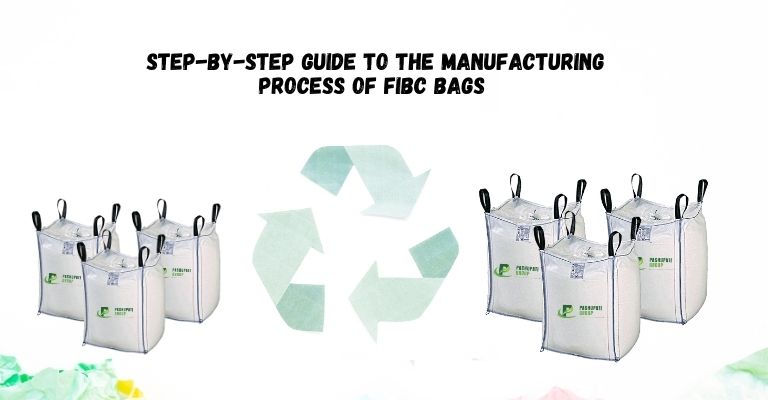
FIBC bags are Flexible Intermediate Bulk Containers made up of polypropylene fabrics. They are used by almost every other industry, which includes construction sites, chemical engineering, and others. FIBC bags are an ideal choice for these industry because they offer versatility, customization abilities, and quality.
FIBC bag types include circular bulk bags, duffle top bags, and rectangular or four-panel bags, which come in a variety of styles to suit your bagging needs. The FIBC bulk bag’s manufacturing process ensures precision design and meticulous finishing to the highest standards.
Benefits of FIBC Bags:
Transportation: FIBC bags are widely used in sectors like mining, agriculture, chemicals, food processing, and agriculture where products like grains, powders, chemicals, and minerals need to be transported. A practical and effective method for moving a lot of cargo is with FIBC bags.
Storage: Materials can be stored for a long time or temporarily using FIBC bags. They can be stacked to make the most of available storage space in shipping containers or warehouses.
Ease of Handling: These bags are designed for easy handling using cranes, forklifts, or anyother lifting equipment. This makes loading and unloading operations efficient and reduces manual labor.
Protection: Protection: FIBC bags protects the materials from contamination, moisture, and UV light, depending on the type of bag and its specifications. Some bags are equipped with liners or coatings for added protection.
Customization: To meet specific needs, FIBC bags come in a variety of sizes, designs, and patterns. They can be equipped with features like lifting loops, liners, discharge spouts, and other kinds of closures to suit the requirements of the object being transported or stored.
Cost-Effectiveness: Since FIBC bags eliminate the need to handle numerous smaller containers or bags, they may be more affordable to use than more conventional smaller packaging techniques.
Environmental Aspects: FIBC bags support sustainability initiatives in sectors where bulk storage and transportation are required by being reusable and recyclable.
Here is a complete step-by-step guide on the manufacturing process of FIBC bulk bags:
Design and Planning
Specification Development: Determine the intended application and regulatory standards (such as ISO 21898) to determine the dimensions, capacity, load-bearing requirements, and safety factors.
Material Selection: Choose the appropriate fabric material based on factors such as strength (tensile and tear resistance), UV stability, electrostatic properties (if required), and compatibility with the contents (chemical resistance).
Type of Construction: Decide on the type of bag construction (e.g., with or without liners, coated or uncoated fabric, sift-proof seams).
Preparation of Fabric
Extrusion
The first step in producing FIBCs is feeding polypropylene Polymer into an extruder, as per the specification finalized while designing.
Weaving process of fabric
The fabric is subsequently created by weaving the tapes together on looms. These tapes are woven using a flat or circular weaving machine. These tapes create a strong enough material to bear the strain of transporting bulky objects once they are interwoven.
Lamination
If required as per design then the Woven fabric rolls are coated with LDPE polymers to protect the material from Moisture.
Cutting and Preparation of fabric
Cutting
Large rolls of fabric are cut into panels according to the bag dimensions and design specifications using automated cutting machines.
Printing
As per the need of customer logos, handling instructions, safety warnings, and other information are printed onto the fabric panels.
Sewing and Assembly
Sewing Panels: Under the strict supervision of technical supervisors, fabric panels are sewed together using powerful sewing machines. Depending on the required strength, a variety of techniques like chain or lock stitching may be used.
Adding Loops and Straps: Loops for lifting (lift loops) and straps for handling and securing the bag are attached securely to the bag’s body during the sewing process.
Attachment of Filling and Discharge Spouts: Spouts for filling and discharging the contents are attached to the appropriate panels of the bag. These spouts typically have closures like tie strings or zippers.
Attachment of labels or documents pouch: As per the need of customer a printed label or a document pouch is stitched or glued to the bag.
Quality Control
Inspection of Materials: Each batch of fabric and other materials (threads, lifting loops, spouts) is inspected for quality and consistency.
Sewing Inspection: During and after sewing, visual and mechanical inspections are conducted to ensure seams are properly aligned, stitched, and reinforced as required.
Burst Test: A random sample of bulk bags is placed in a testing to determine whether or not they pass the test. This procedure usually must be completed before the bulk bag is produced in large quantities.
Packaging and Shipping
Final Inspection: Each completed bag undergoes a final inspection to verify dimensions, functionality of spouts and loops, and overall quality.
Packaging: The FIBC bags can be packed neatly and conveniently because the compression is done on a bale press.Bags are folded or rolled and packed according to shipping requirements, often stacked on pallets for ease of handling.
Shipping: Bags are shipped to distribution centers or directly to customers.
Well, are you looking for FIBC bulk bags? Pashupati Group, the FIBC bag manufacturer, exhibits high-quality FIBC bags that go through a meticulous manufacturing process to meet the ever-evolving industry demands. Being at the forefront and carrying on the legacy, the FIBC bag’s prominent features turn the tables of success in different sectors, fostering growth and efficiency.
Moreover, with Pashupati, you can join this eco-consciousness practice and contribute to nature!
RECENT BLOGS


